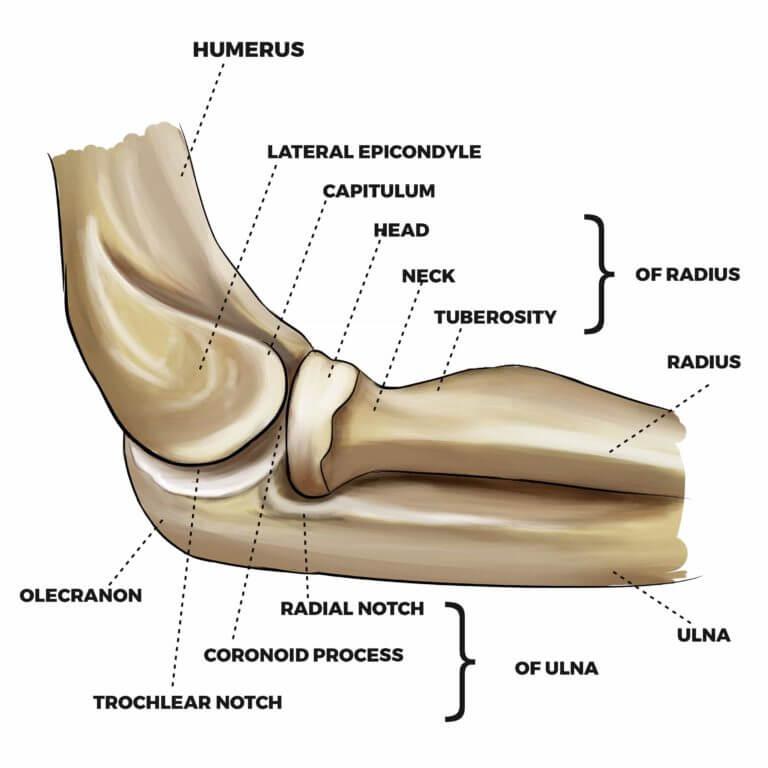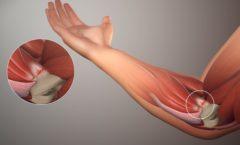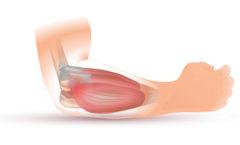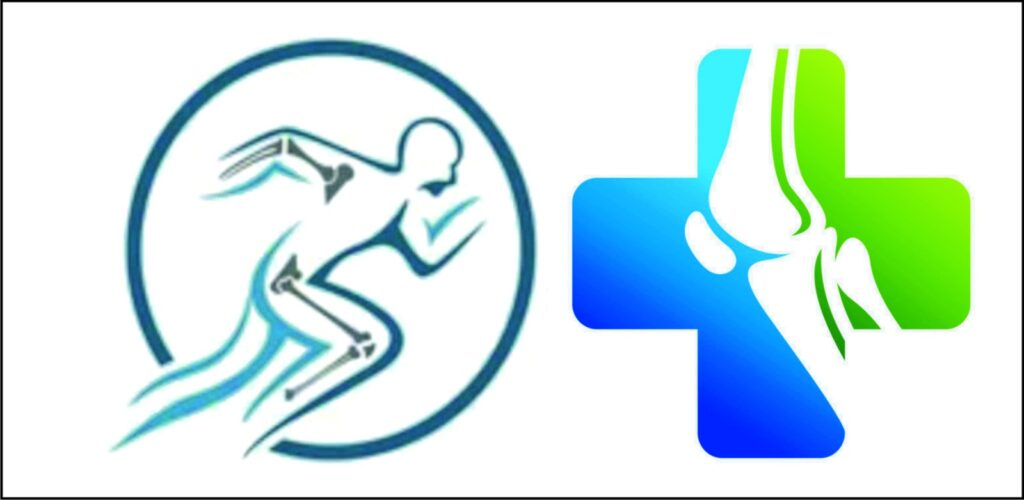
The elbow joint, formed by the articulation of the humerus, ulna, and radius, serves as a pivotal hinge crucial for upper limb movement. Encased within the ends of bones is cartilage, possessing a resilient, rubbery texture that facilitates flexible joint motion and absorbs impact effectively.
Crucial for joint stability, three ligaments—both inner and outer—compose a protective joint capsule filled with fluid to mitigate friction and promote smooth articulation.
Tendons play a pivotal role in anchoring muscles to bones within the elbow. Of particular significance are the biceps and triceps tendons, integral for the flexion and extension of the elbow joint.
Forearm muscles intersect at the elbow, attaching to the humerus and contributing to the prominence known as the lateral and medial epicondyles. Understanding tendon attachment is vital due to the prevalence of tendonitis, a commonly encountered issue.
Key nerves—such as the radial, ulnar, and medial nerves—transverse the elbow region. These nerves predominantly control motor functions and facilitate sensations of touch, pain, and temperature.
Elbow discomfort may stem from nerve entrapment, requiring specialized clinical diagnosis and specific tests for appropriate management and treatment.

The Conditions related to Elbow Surgeon are:
Golfer’s Elbow
Golfer’s elbow is inner elbow pain caused by repetitive stress, resulting in tendon tears connecting forearm muscles to the inner elbow. It’s not exclusive to golfers and arises from activities involving wrist flexion or gripping.

Tennis Elbow
Tennis elbow is outer elbow discomfort due to repetitive strain, leading to tendon tears linking forearm muscles to the outer elbow. Contrary to its name, it affects individuals engaged in repetitive gripping or wrist movements beyond tennis players.

